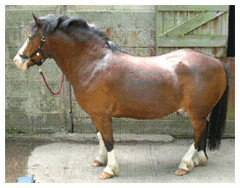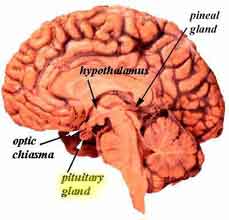There are several different tests available today that can give some insight into whether or not your horse is suffering from Equine Metabolic Syndrome [EMS]. It is usually beneficial to run several of these tests together on a horse so that you can come to a more accurate diagnosis for your horse.
1.
Baseline Insulin: Horses suffering from EMS are considered to be 'insulin resistant', meaning that the insulin circulating in their system doesn't have the effect that it should; this is very similar to Type 2 diabetes in humans. EMS horses will have an elevated baseline insulin on bloodwork due to their body's overproduction and inability to use the hormone. Other conditions can cause an elevated insulin level including pregnancy, stress, illness, and concurrent PPID positive status. This means that this isn't a great test to run by itself because it doesn't give you a definitive diagnosis
2.
Baseline Leptin: Leptin is a hormone that is produced by adipocytes (fat cells). Horses suffering from EMS will have a higher measurement of this hormone than unaffected horses due to their increased amount of body fat deposits. Running this test along with baseline insulin can help more accurately diagnose those affected by EMS.
3.
Oral Sugar Test (OST): This is a more sensitive method of testing than just running a single insulin measurement. Horses must be fasted at least 8 hours prior to performing this test. A baseline blood sample is taken and then an oral dose of Karo syrup is given; blood samples are then taken 60 and 90 minutes later. This test allows us to see how a horse's body handles blood sugar and can distinguish elevated insulin due to EMS from other causes.
4.
Baseline ACTH: While not a test for EMS it is recommended to test your horse for PPID [Equine Cushings] at the same time you test for Equine Metabolic Syndrome. This is because these conditions can often exist together and a diagnosis of PPID may be overlooked if the clinical signs of EMS are more prominent.
We hope you enjoyed this week's edition of Tuesday Trivia! Remember to check back next week for the last question of December and enter for a chance to win an awesome prize!















